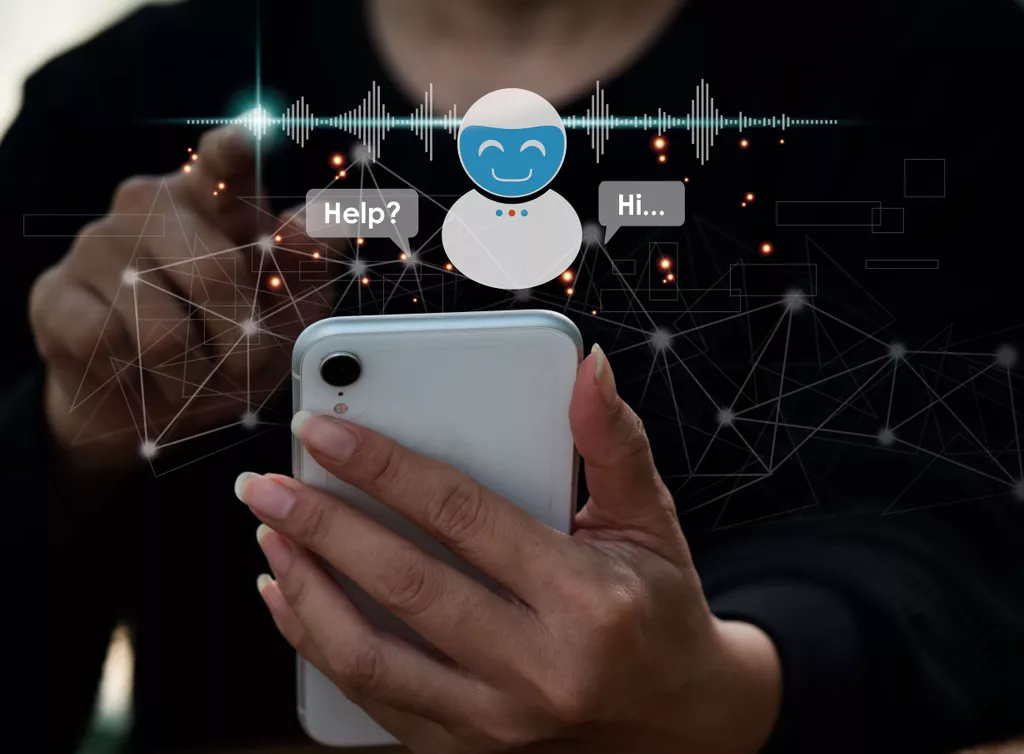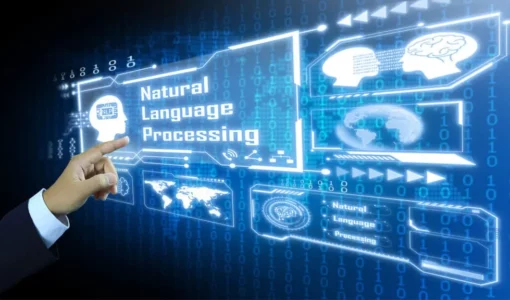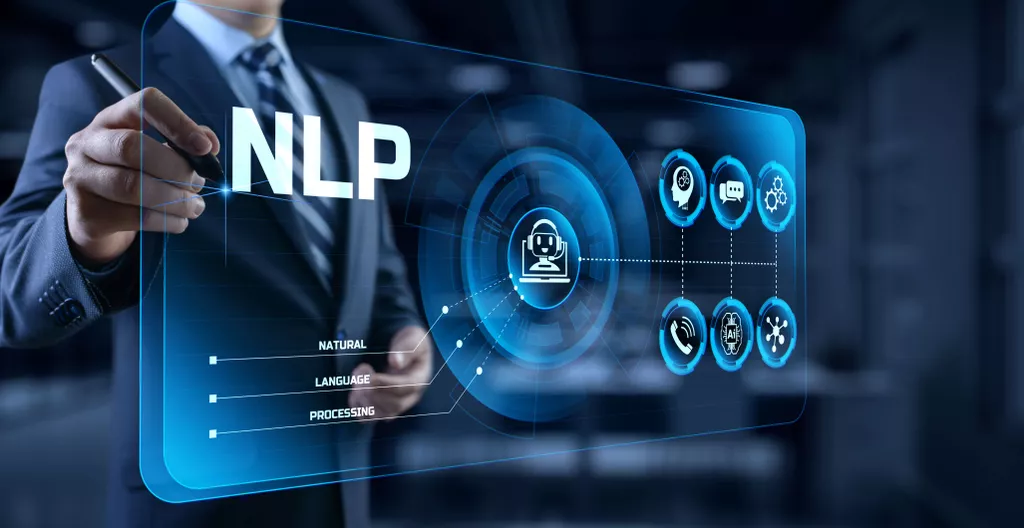Conversational AI vs Chatbots: What’s the Difference?
Integrating your tool with an automatic semantic understanding solution (ASU) will benefit your business by informing your virtual agent of what to look for in customer interactions. Since your tool can be available 24/7, you’ll be able to gather data about customers continuously. AI chatbots, on the other hand, use artificial intelligence and natural language understanding (NLU) algorithms to interpret the user’s input and generate a response. This makes chatbots powered by artificial intelligence much more flexible than rule-based chatbots. Conversational AI chatbots are especially great at replicating human interactions, leading to an improved user experience and higher agent satisfaction.
In contrast, bots require continual effort and maintenance with text-only commands and inputs to remain up to date and effective. Conversational AI platforms benefit from the malleable nature of their design, carrying out fluid interactions with users. While most enterprises use the terms bots and conversational AI interchangeably, the two technologies have their key differences.
What is Conversational AI?
Basic chatbots, on the other hand, use if/then statements and decision trees to determine what they are being asked and provide a response. The result is that chatbots have a more limited understanding of the tasks they have to perform, and can provide less relevant responses as a result. Conversational AI uses technologies such as natural language processing (NLP) and natural language understanding (NLU) to understand what is being asked of them and respond accordingly.
- In fact, a lot of people use the word “chatbots” and “conversational AI” interchangeably as if both these technologies are synonymous.
- Also, conversational AI has the power to integrate to multiple platforms and channels to deliver transactional, resolutive and personalized information.
- They could be in different languages, worded differently, have multiple sentence structures, short forms, and even grammatical and spelling errors.
- This means that as you continue to use Conversational AI, it will provide more accurate and personalized responses without needing manual updates or fixes.
- They think this is how customers may ask but such examples may not represent how the queries sound in real life.
- Bard continually draws information from the internet, so it has the latest information.
An AI-powered chatbot is built on the base of a conversational AI platform but it’s just one example of conversational AI. There are also virtual assistants, automated messaging systems, and agent-assisting bots — and all of them belong to conversational AI. In simple words, conversational AI is a type of artificial intelligence that helps machines understand human language and respond correspondingly to it.
What is Talent Management? Definition, Strategy, Process and Models
Conversational AI is a broad term referring to technologies that enable human-like conversations through text or voice. When the input is spoken, automatic speech recognition (ASR) is activated to convert the speech into written text. After that, natural language understanding (NLU) is employed by the conversational AI to analyze the conversation, comprehend the context and interpret the meaning behind the customer’s words. New use cases are constantly being found in marketing, sales, and customer service especially. Even people who never uttered the words “conversational AI” are talking about it alongside natural language processing and machine learning, thanks to the explosion of ChatGPT into the general public.
- AI technology is advancing rapidly, and it’s now possible to create conversational virtual agents that can understand and reply to a wide range of queries.
- Furthermore, AI learns from each interaction and follow-up question and constantly refines its responses.
- Conversational AI chatbots are excellent at replicating human interactions, improving user experience, and increasing agent satisfaction.
- If a chatbot is human-scripted or rule-based, it will be just an ordinary chatbot without any AI involved in its design.
- Businesses are always looking for ways to communicate better with their customers.
- Before generating the output, the AI interacts with integrated CRMs to go through the profile and conversational history.
Below, we list down the significant points of difference between the two. It will help you to understand the exact difference between chatbots and conversational AI solutions. Although the two concepts are interlinked, and using them interchangeably is valid to some extent. Still, in the context of the business, one needs to understand the difference between conversational AI chatbots and chatbots.
differences between chatbots and AI
You’ll come across chatbots on business websites or messengers that give pre-scripted replies to your questions. As the entire process is automated, bots can provide quick assistance 24/7 without human intervention. Chatbots have a very limited ability to tackle the minute details of customer complaints, as they are restricted by their scripts. However, as mentioned above, conversational AI and, as a result, virtual assistants, have the ability to move beyond. The first impression one has when using ChatGPT is how human-like the responses are to queries and how easy it is to build on the conversation by adding new prompts.
Are bots a type of AI?
This is the basic idea behind bots – a bot is an application that performs an automated task. As explained above, these helpful tools are examples of narrow AI, as they possess some degree of human intelligence to carry out tasks.
Corporations will see massive benefits in their CX delivery when they leverage a suite of NLP and machine learning engines. GPT-3 and 4 and others all have distinct and separate strengths that can be applied to different functions and use cases. The sweet spot is for companies to harness their massive capabilities within frameworks that control the messaging and brand delivery while unleashing their conversational AI engine. Platforms that offer this turbo-charged conversational AI with the infrastructure in place to manage it will win.
Team up with humans
Whenever we playfully ask Siri to tell us a joke or when we talk to especially smart chatbots in an online store, these are all examples of machines being able to respond to humans in an accurate manner. And just a few months ago (in August 2022), Google presented a robot that was able to understand spoken commands and translate them into a sequence of physical actions. You buy a DIY chatbot builder or recruit a freelancer to design a predetermined conversational flow that will allow users to enter their order number, check its status, or request exchanges and refunds. Basic chatbot technology can move this kind of conversation forward via bot-prompted keywords or UX features like suggestion buttons.

Self-aware AI possesses human-level consciousness similar to what Hollywood envisions AI dystopia science fiction. These AIs will then have the ability to store previous data and make predictions when gathering information and weighing potential decisions. The most basic type of AI system is purely reactive with the ability neither to form memories nor to use past experiences to inform current decisions.
Cohesity and Google Cloud Unite to Unlock Generative AI and Data Power
Customers care more today about every interaction they have with a company. There is an inherent demand for immediate, effortless resolutions across an increasing number of channels. Even one bad experience can turn someone off from ever doing business with a company again. Conversational AI can help companies scale the experiences that people expect by providing resolutions to everyday questions and issues in seconds. That way, human agents are only brought in when there is a complex, unique or sensitive request.

Conversational AI means in which way, we (humans) are talking to each other, we want that machines could also conversate with each other as same as we are. If you do not know what conversational marketing is, read this full guide in our blog. Therefore, one conversational AI can be installed by a company and used across a variety of mediums and digital channels. Conversational AI draws from various sources, including websites, databases, and APIs.
What We Offer
There’s also an automated order tracking feature that takes just seconds to set up so your new chatbot BFF can take care of common shipping Qs, too. Both live chat and conversational AI are great ways to serve a customer who wants help ASAP but does not want to pick up that phone. This is why we’ve done a complete breakdown of customer service chat options so you can make the right choice (and hopefully do your Shopify boss proud — even if that’s literally just you). ChatGPT produces a single answer to each query while Bard can produce multiple responses to queries you pose to it.
- Rule-based chatbots don’t have the machine learning algorithm which means they don’t need extensive training.
- As we mentioned before, it’s synonymous with AI engines, systems, and technologies used in chatbots, voice assistants, and conversational apps.
- Conversational AI can handle immense loads from customers, which means they can functionally automate high-volume interactions and standard processes.
- They also act as effective lead generation tool that can be implemented across various platforms such as – Web, Apps, WhatsApp, etc.
- Chatbot conversations are sometimes structured like a decision tree, where users are guided to a solution by answering a series of questions.
- The services of ChatGPT and Bard are similar, with users typing in a query to receive a humanlike response.
If bots are rule-based and linear following a predetermined conversational flow, conversational AI is the opposite. As opposed to relying on a rigid structure, conversational AI utilizes NLP, machine learning, and contextualization to deliver a more dynamic scalable user experience. Analytics Vidhya can be a valuable source for learning more about conversational AI and its uses.
Step 3: Train the AI bot
Chatbots are tools for automated, text-based communication and customer service; conversational AI is technology that creates a genuine human-like customer interaction. Conversational AI allows your chatbot to understand human language and respond accordingly. In other words, conversational AI enables the chatbot to talk back to you naturally. metadialog.com Conversational AI is the modern technology that virtual agents use to simulate conversations. By using data and mimicking human communication, conversational AI software helps computers talk with humans in a more intuitive manner. A well-trained AI bot will provide accurate responses paving the way for a self-service query resolution.
Heard on the Street – 6/12/2023 – insideBIGDATA
Heard on the Street – 6/12/2023.
Posted: Mon, 12 Jun 2023 13:00:00 GMT [source]
It is based on artificial intelligence (AI) and allows machines to understand human communication by extracting meaning from text or voice input. It can understand intent, decipher different languages, and respond in a way that mimics human conversation. Consumers’ conversations with businesses frequently begin with conversational artificial intelligence (AI), which is the technology behind automated messaging intended to mirror human interactions. Natural language processing (NLP) systems are used to provide human-like interactions by recognizing speech and text, as well as comprehending a variety of inquiries and languages. This program is frequently utilized before customers communicate with a real person to further narrow down their questions. If you’ve ever interacted with a live chatbot, there’s a good chance it was powered by conversational AI.
What is the difference between AI and BOT?
Conversational AI platforms feed off inputs and sources such as websites, databases, and APIs. In contrast, bots require continual effort and maintenance with text-only commands and inputs to remain up to date and effective.
Rule-based chatbots use keywords and other language identifiers to trigger pre-written responses. The ultimate differentiator for conversational AIs is the built-in technology that enables machine learning and natural language processing. Conversational AI refers to artificial intelligence-driven communication technology ( such as chatbots and virtual assistants ) that uses machine learning (ML), NLP, and data for conversation. It is advanced enough to recognize vocal and text inputs and mimic human interactions to assist conversational flow. Conversational AI, or voice AI, on the other hand, absorbs customer feedback and learns in real-time, which can be applied to the same question at a different point of a client’s journey.
Google Bard cheat sheet: What is Bard, and how can you access it? – TechRepublic
Google Bard cheat sheet: What is Bard, and how can you access it?.
Posted: Wed, 24 May 2023 07:00:00 GMT [source]
Hybrid chatbots are cost-effective solutions that combine the use of bots for automatic handling of simple conversations and live agents for resolving complex questions. In those memes, you have to understand how your agent will respond or how they would say the questions of consumers. It is important to remember that these can overlap or change based on the demographics of your target audience. One size fits all is not the approach businesses can depend on when it’s about new customers.

What is an example of key differentiator?
A key differentiator for some firms is their in-depth understanding of a particular audience. Your firm might specialize in marketing to Baby Boomer women. Your clients might be retirement planners, insurance companies, or clothing retailers, for example.


